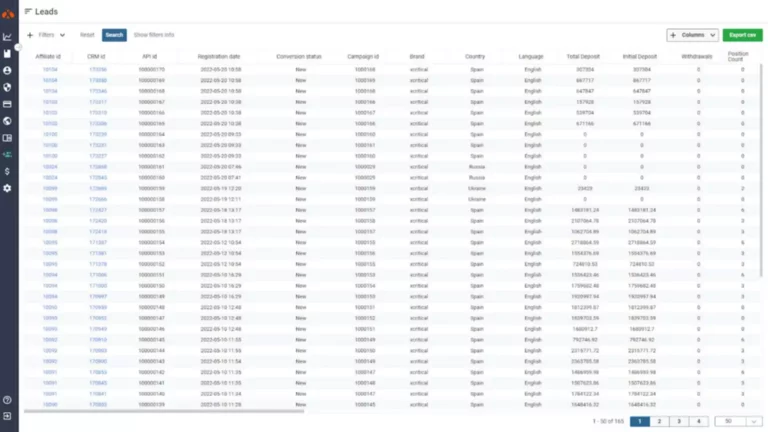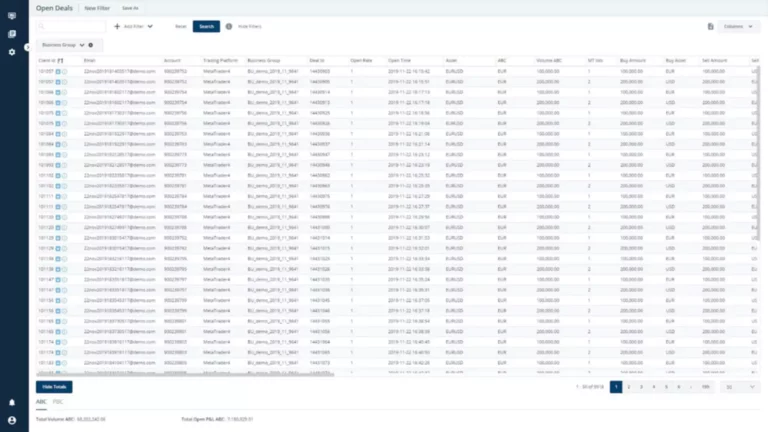When yield farmers provide liquidity to liquidity swimming pools, they’re susceptible to undergo from something called “impermanent loss”. This is when the value of the tokens change from when they have been first deposited. The potential to earn passive income, coupled with the prospect to take part within the governance of a DeFi protocol, makes it compelling. Nevertheless, figuring out if liquidity mining is definitely worth the Yield Farming effort and potential risks requires a well-researched and knowledgeable method.
The most notable factor which comes up in discussions about DeFi trading would check with the staking vs. yield farming vs. liquidity mining variations. All three of them are in style solutions in the domain of DeFi for acquiring believable returns on crypto belongings https://www.xcritical.com/. The three approaches differ in the way members need to pledge their crypto belongings in decentralized protocols or purposes. In abstract, liquidity mining is a subset of yield farming, which itself is a subset of staking.

Others give attention to discovering one of the best yield farm for the assets they already personal. As with any system, yield farmers assist the system as a outcome of they earn an incentive from the platform they use. The best yield farms are usually the ones that are most secure and supply the best yields. Users have to deposit their funds on considered one of these platforms and receive an APY and the platform’s LP token, which in turn can be utilized to deposit or stake on one other DeFi platform. To generate the highest possible passive earnings from staking, research all of the alternative ways of staking your specific crypto.
Like the opposite two methodologies, Liquidity mining has some major drawbacks, together with the possibility of impermanent loss, good contract dangers, and potential project risks. The rug pull impact can even affect liquidity miners, which makes them susceptible. The Liquidity Provider Token (LP) is given in change for the buying and selling pair.
Dangers Of Staking
When you provide liquidity to a DEX, you might be primarily locking up your funds for a particular interval. If you want to access your funds earlier than the lock-up interval ends, you might have to pay a penalty or incur other charges. Moreover, there’s all the time the risk that the liquidity pool could dry up, leaving you unable to withdraw your funds. One of probably the most vital benefits of yield farming is the potential for top returns. Some DeFi protocols supply annual proportion yields (APY) as high as 400%.

Liquidity mining is taken into account to be a subset of Yield farming wherein the liquidity providers get a share of fees and platform tokens as rewards. This distinction is commonly ignored by most as a end result of Yield farming in itself contains Liquidity Mining. It is simply the nature of the distribution of rewards that makes them completely different. Also, luck and diversification play a huge role within the success of any crypto investor, with staking, yield farming and liquidity mining being no completely different. Liquidity mining instantly helps keep blockchain technology decentralized. Liquidity miners will often obtain the native token of the blockchain as a reward and have a chance defi income farm to earn governance tokens, giving them a vote on any new legislature, empowering every particular person.
- As an investor, you wish to remember to set practical expectations and manage your dangers correctly.
- You can farm cryptocurrency by offering liquidity, lending, borrowing, or staking your crypto belongings.
- Yield farming carries a big degree of risk given so much volatility that can crop up out of nowhere within the form of rug pulls or other forces.
- Now, the assets locked in the liquidity swimming pools are available for different users to borrow in the same protocol.
- In a Proof of Stake blockchain, malicious customers can lose their staked belongings through slashing in the event that they try to manipulate the network for greater rewards.
- Additionally, staking has a lower barrier to entry, many users can stake as little as one USD to start earning rewards.
Yearn Finance is a DeFi protocol that goals to optimize yield generation for crypto assets. It offers an automated platform that helps users discover the best yield alternatives across various lending and liquidity protocols. Staking is a long-term investment since the person is required to lock up their cryptocurrency for a specific period. Yield farming and liquidity mining, however, may be short-term investments since the user can provide liquidity or lend/borrow for a shorter interval.
Current Posts
Now let’s say that a person needs to swap 100 Token A for Token B. The protocol will execute the commerce utilizing the liquidity in the pool offered by the LPs. If there’s not enough liquidity for the trade, the protocol will mechanically modify the prices to attract more LPs to provide liquidity. This implies that staked property is most likely not as liquid as other investment choices. It’s necessary to consider your liquidity needs earlier than choosing to stake your assets. Compared to other funding methods, staking requires considerably less vitality consumption.
The safety of the staked tokens is the same as the safety of the protocol itself. As it is extra scalable and energy-efficient, PoS is usually most well-liked over the extra popular PoW algorithm. With PoS, the chances of a staker producing a block is proportional to the number of coins they’ve staked.
Is Yield Farming Riskier Than Staking?
AMMs enable buyers to commerce extra efficiently and conveniently with out intermediaries or third parties. Furthermore, with automated market makers, trades are made nearly instantaneously, further growing the appeal of yield farming for lots of traders. To earn money by lending, you need to provide a crypto asset that other customers want to borrow You provide the asset by depositing it into a lending pool. In return, you receive curiosity in accordance with the annual percentage yield (APY) proven.
It arises when the worth of property in a liquidity pool diverges unfavorably from holding the same property outdoors the pool. The nuanced dynamics of DeFi exchange, paired with the ever-volatile cryptocurrency market, can exacerbate this phenomenon. Many participants see it as an optimum approach to put their idle crypto assets to work, particularly when the normal holding strategy may not be yielding desired outcomes.
